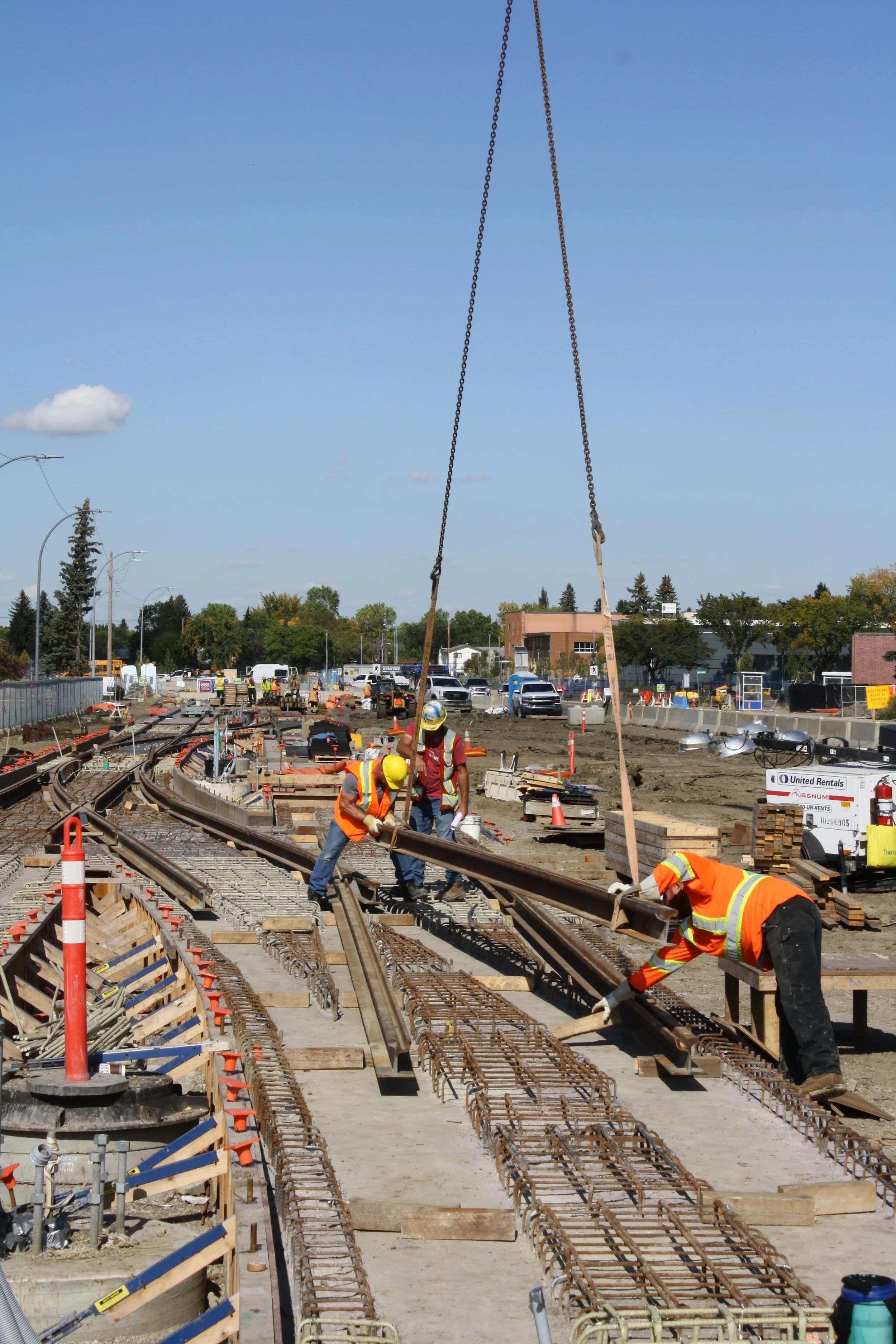Your Traffic Jam Has a Backstory
There’s a universal truth about road construction: you're annoyed if you’re driving through it. You’re late, the lane is closed, and the person holding the stop sign has the calm demeanour of someone who’s not on their way to a meeting that started 10 minutes ago.
After one of our presentations on stakeholder engagement, an engineer told me a story about her husband, who was not an engineer. He would get irritated every time they drove past construction. He saw a line of brake lights and lost time. She saw months of planning, layers of approvals, and a crew trying to hit a milestone before the weather turned.
So he’d ask her what was going on. And she’d explain.
By the time she was done, he wasn’t happy about the delay, but he’d stopped rolling his eyes. It turns out that knowing what’s behind the chaos helps.
That’s the goal of effective communication. We don’t get to make the problem go away. But we can make it feel less like a personal attack on your afternoon.
People don’t hate progress. They hate mystery.
If you tell someone the water main is being replaced because the old one is one frost heave away from bursting, they might still sigh, but they’ll also picture the alternative. If you explain the new bridge work will shave ten minutes off their drive next year, they might still be annoyed, but the project stops feeling pointless.
The problem is, without that context, people fill in the blanks themselves. And the blanks they fill in usually involve incompetence, waste, or someone in a hard hat getting paid to lean on a shovel.
The fix is simple. Just talk.
Not corporate talking. Not vague “your patience is appreciated” talking. Straight, clear, and to the point. If the road is closed because you’re rerouting a sewer line, say that. If the project is taking longer because a piece of equipment failed, say that too.
Because the more people understand the reason for the inconvenience, the less they see it as random punishment.
And the best part? You don’t need to be an engineer to do this. You just need to know enough to connect the dots for someone who’s stuck staring at the back of a dump truck.


